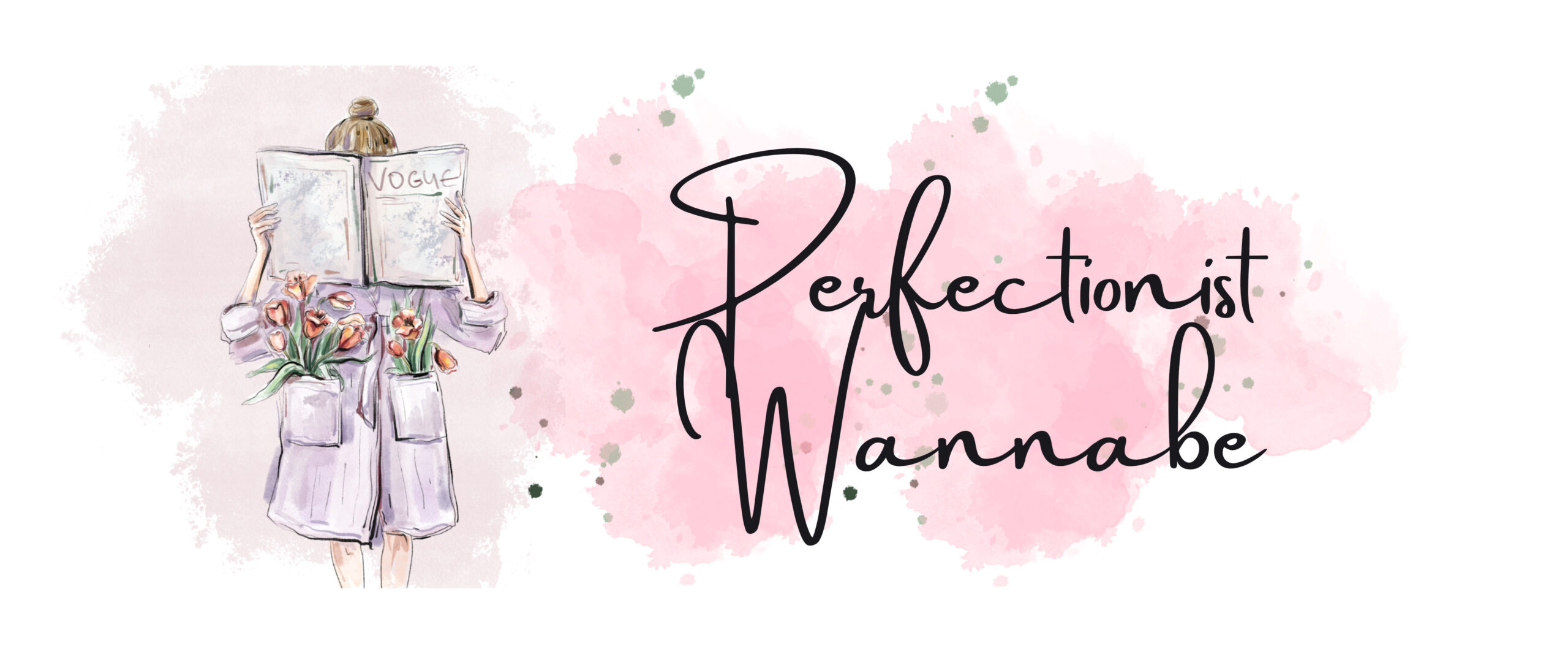In the past, I’ve said that I only like DIY projects that are simple…we’re talking just 3 steps or less.
So this weekend, I decided to do two projects: make a chalkboard and create lace tiles.
There are probably about a zillion ways to create a chalkboard. I could have just painted it on the wall, or finished taking all of the broken mirrored glass off of the mirror (process was taking longer than I thought it would. The complication was the glue holding the mirror to the frame).
I decided to give up on the broken mirror. I had enough mirror pieces for my upcoming Hermes table project.
Instead, I saw an old dining room table top waiting to become the baseboard for the twin bed in my office (to make it into a daybed). Since it’s been a few years since I decided to do that and now I’m thinking of doing something else instead…I decided to turn that tabletop into the chalkboard…and put it next to the front door so that I could see it all of the time, especially when I leave.
At first, I looked around for a container to mix the paint into. It called for 2 tablespoons of non-sanded grout mixed into a cup of paint. After I put the grout into a glass cup, I then looked at the Martha Stewart sample sized container and thought…why not just put the grout in the sample container?
Gotta tell you…it turned out PERFECTLY! 
For that large area (dining room table sized), I only used about 1/4 of the sample paint container. I still have 3/4 of the jar left.
You can get samples of paint for around $2.50 (or less) at Home Depot and just about anywhere that sells paint. I used Martha Stewart’s zinc for this project. For a box of non-sanded grout, that will cost you between $5-$7. All you need is 2 tablespoons from it.
I have a few other projects coming up, so I’ll definitely be using the grout for other projects.
Now, I know some of you may ask technical questions, so I’ll try to answer them as such…
1. I did not sand the furniture or do anything special to it. I just painted the chalkboard paint directly onto the tabletop without prepping the wood.
2. I didn’t use any sort of semi-gloss paint. Just regular base paint (with no sheen).
3. ONE COAT. I didn’t paint more than one coat, because it didn’t need it.
I guess I should just say…trust me, it was as simple as simple can be. I put the grout in the paint jar, stirred, then painted it onto the table top. It dried within the hour, but I waited until the next day to write on it with chalk. See…it was easy.
If it had too many steps, do you think I would have done this project?
Now to pick up some colored chalk.
Next project was creating lace tiles.
All you need are tiles, spray paint and doilies (or lace). The Martha Stewart project advised to use spray adhesive. I didn’t use it, but you can if you want. I didn’t see the need for it since the spray paint makes it sticky after the first use.
This is Step One. Wrap the lace around the tile, then spray paint.
I finally got it right on the fourth try. I had to go back to the tutorial to figure out what I was doing wrong. Here are some pointers that mean everything…
1. Make sure that you ‘mist’ the paint on lightly at least 6 inches away from the tile (this is very important…if you don’t spray 6 inches away, it ends up looking like the tiles on the left).
2. Make sure to count to 60 after spraying the paint on. After 60 seconds (i.e. 1 minute), remove the lace/doilie. I left it on for too long. What happens? See top tiles. The one on the top right was almost right…but smudged.
Make sure to have plenty of lace/doilies for this project. I reused each piece of lace 4-5 times.
Also, it helps to let the lace/doilies dry for a few minutes before reapplying to the next tile.
As for the tiles I messed up…I spray painted them entirely and redid the application in a different color (after the tile dried)…worked out perfectly fine.
While the project is designed for these lace tiles to serve as coasters…I plan to do some interesting things with them.
to be continued…


